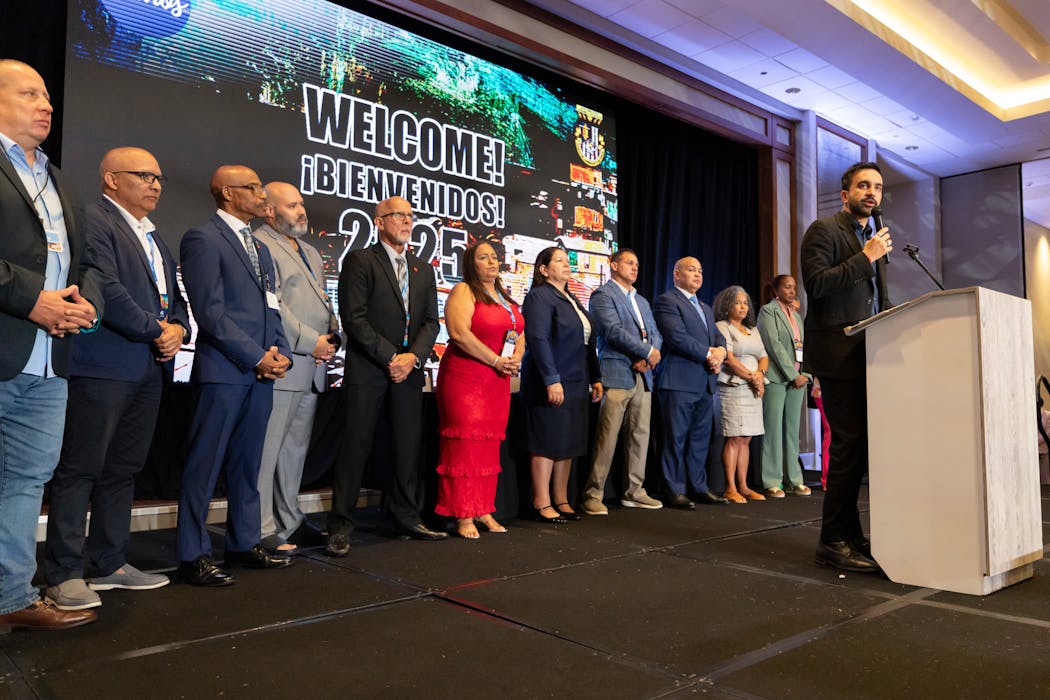Source: The Conversation – UK – By Muireann Quigley, Professor, Law, Medicine and Technology, University of Birmingham
In clinical trials around the world, a surprising treatment is showing promise for people with terminal illnesses: psychedelic therapy.
For many, the hardest part of dying isn’t physical pain but the fear, anxiety and sense of meaninglessness that often accompany it. While palliative care in the UK is rightly praised for easing pain and managing symptoms, patients’ emotional and spiritual suffering is often less well addressed.
Standard treatments – such as antidepressants, counselling and mindfulness – may ease some symptoms but often fail to help patients accept their diagnosis or find meaning in their remaining time. This is where psychedelic therapy may offer support.
The therapy involves the use of psychedelics such as psilocybin in combination with psychological support. This approach is designed to help patients explore difficult emotions, shift perspective and achieve profound psychological breakthroughs.
In two landmark studies, a high dose of psilocybin with psychotherapy was shown to reduce depression and anxiety in patients with life-threatening cancer. These effects were rapid and, in many cases, sustained for up to six months, with many participants reporting improved mood, emotional clarity and reduced fear of death.
Some also described experiences of deep emotional release, awe and a sense of connection during psychedelic therapy – altered states that appeared to help patients reframe their relationship to dying.

Fotema/Shutterstock.com
Recognition of the potential of psychedelics for treating severe mental health conditions generally has led to significant regulatory shifts in several countries. For example, Australia, Germany and Canada are beginning to allow access to psychedelics for people with serious or treatment-resistant conditions.
Meanwhile, the EU has invested millions in research into psychedelic-assisted therapy. But in the UK, progress remains slow. Psychedelics are classed as substances of little or no medicinal value and are tightly controlled by the Misuse of Drugs Regulations. This makes research slow and access nearly impossible. Even clinical trials face costly licensing requirements and delays, discouraging researchers and limiting innovation.
A timely debate
Questions about how best to support people at the end of life are especially timely, as the end of life bill is currently being debated in parliament. While the bill focuses on legalising assisted dying, it has also sparked wider debate about the quality and scope of end-of-life care.
Access to good palliative support is not always guaranteed – a concern shared by both supporters and opponents of the bill. Against this backdrop, the limits of conventional approaches to psychological suffering become harder to ignore.
The bill opens up space to consider the potential role of psychedelic therapy, and to reflect more broadly on what it means to die well and whether current systems adequately support that goal.
The bill has prompted renewed public interest in how we treat psychological distress in the final stages of life. A recent YouGov poll found that most UK adults support relaxing restrictions on psilocybin research, especially for people with terminal illness. This suggests that public attitudes may be ahead of policy.
The bill provides an opportunity to question why the UK continues to implement such strict legal controls that hamper research and access to much-needed treatments, and why it lags behind other countries’ approaches. It invites a broader conversation about how the UK supports those facing the emotional and existential challenges of dying.
Clinical evidence, public attitudes and the changing international landscape all highlight growing interest in psychedelic therapy as a complement to conventional approaches like counselling. For those nearing the end of life, it may offer a rare chance to face death with less fear and more meaning and emotional clarity.
Psychedelic therapy won’t be right for everyone, but for some, it could mean meeting death with peace instead of despair.
![]()
Joanna Neill is affiliated with DrugScience, Onaya and Heroic Hearts Project UK.
Laura Downey and Muireann Quigley do not work for, consult, own shares in or receive funding from any company or organisation that would benefit from this article, and have disclosed no relevant affiliations beyond their academic appointment.
– ref. Psychedelics might help terminal patients find peace – https://theconversation.com/psychedelics-might-help-terminal-patients-find-peace-265915























